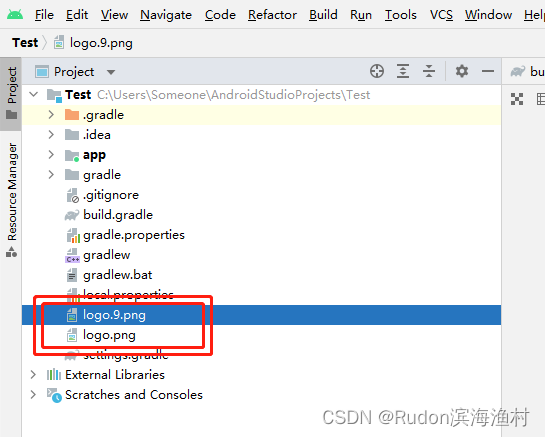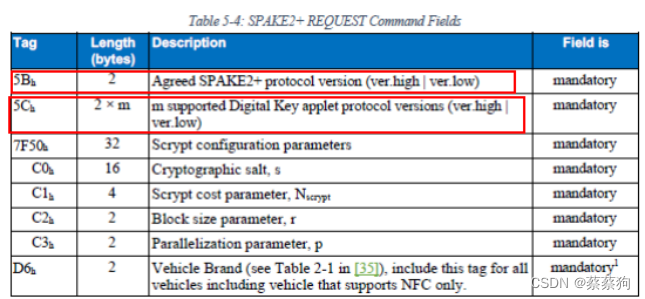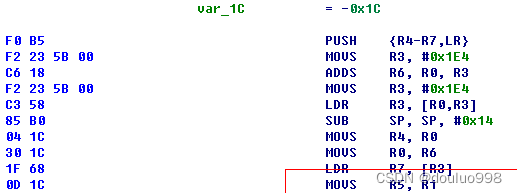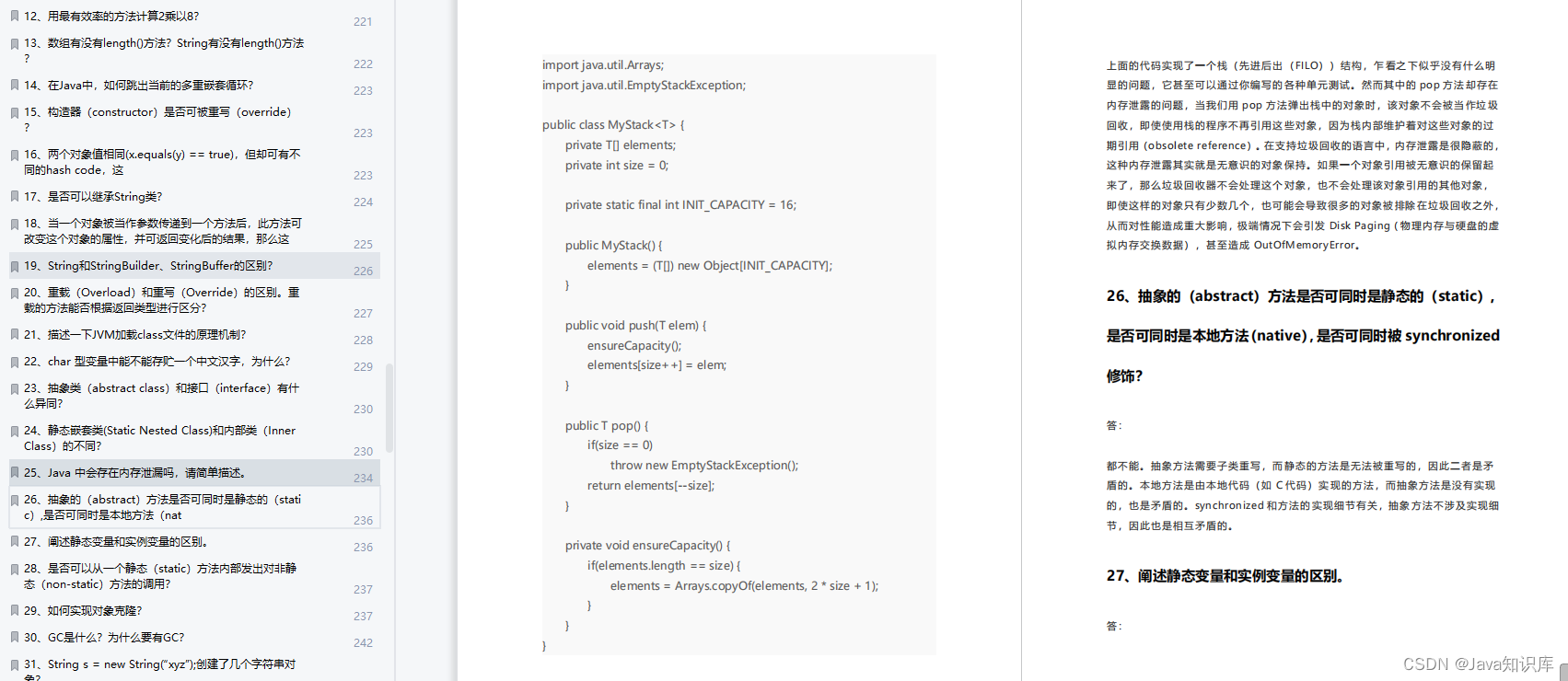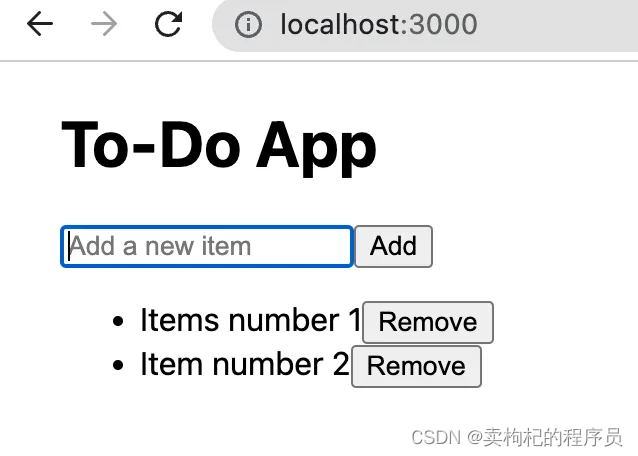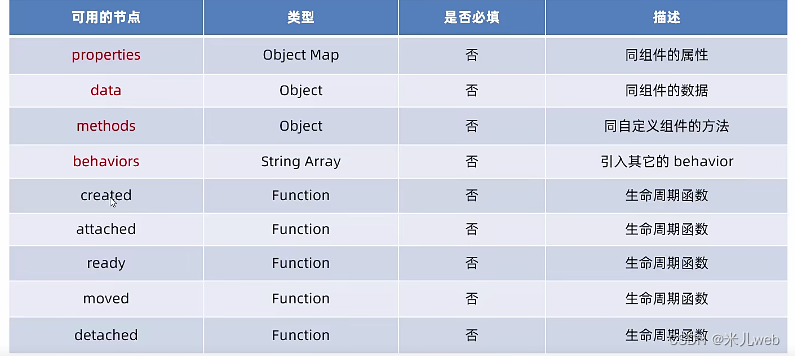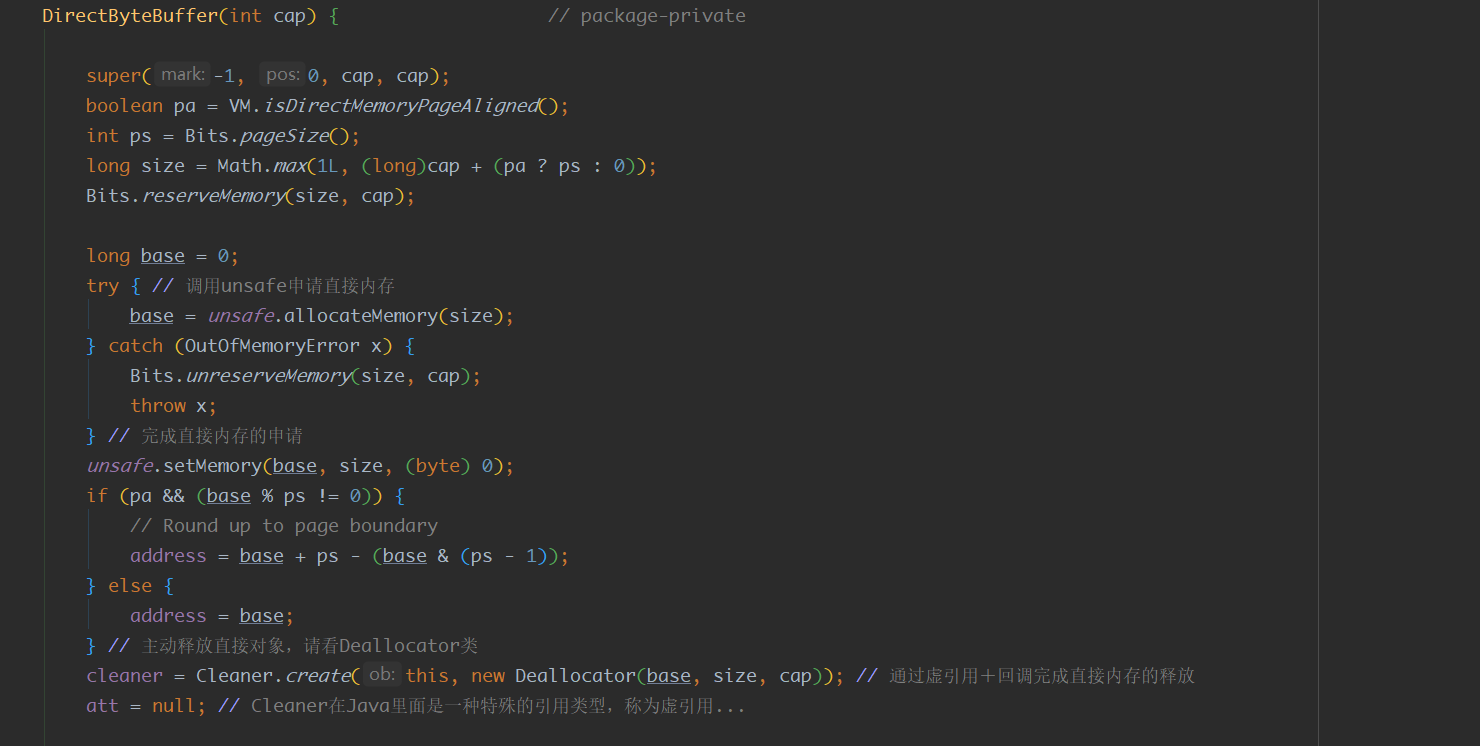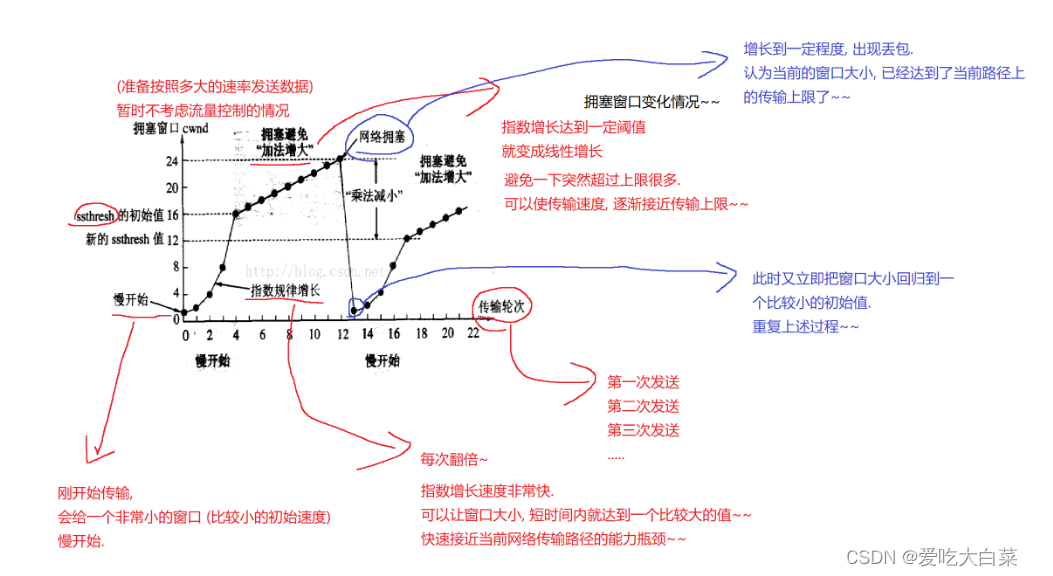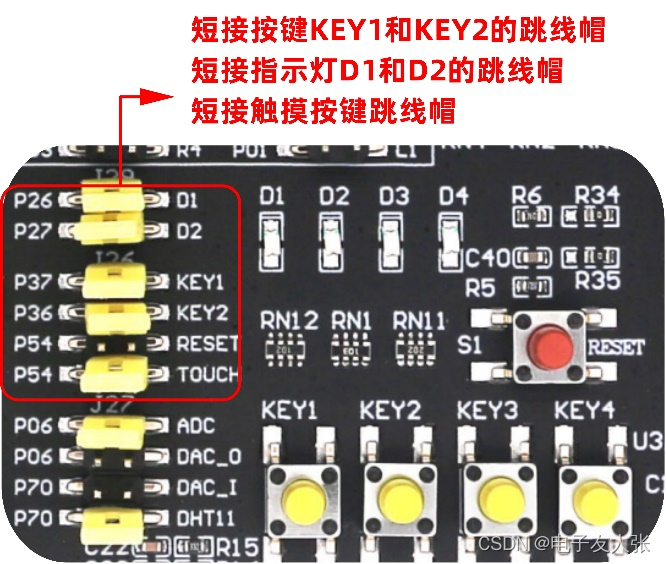
目录
1. 最大间距 🌟🌟🌟
2. Z 字形变换 🌟🌟
3. 买卖股票的最佳时机 II 🌟🌟
🌟 每日一练刷题专栏 🌟
Golang每日一练 专栏
Python每日一练 专栏
C/C++每日一练 专栏
Java每日一练 专栏
1. 最大间距
给定一个无序的数组,找出数组在排序之后,相邻元素之间最大的差值。
如果数组元素个数小于 2,则返回 0。
示例 1:
输入: [3,6,9,1] 输出: 3 解释: 排序后的数组是 [1,3,6,9], 其中相邻元素 (3,6) 和 (6,9) 之间都存在最大差值 3。
示例 2:
输入: [10] 输出: 0 解释: 数组元素个数小于 2,因此返回 0。
说明:
- 你可以假设数组中所有元素都是非负整数,且数值在 32 位有符号整数范围内。
- 请尝试在线性时间复杂度和空间复杂度的条件下解决此问题。
出处:
https://edu.csdn.net/practice/25797443
代码:
class Solution(object):
def maximumGap(self, nums):
if len(nums) < 2:
return 0
min_val, max_val = min(nums), max(nums)
if min_val == max_val:
return 0
n = len(nums) + 1
step = (max_val - min_val) // n
exist = [0 for _ in range(n + 1)]
max_num = [0 for _ in range(n + 1)]
min_num = [0 for _ in range(n + 1)]
for num in nums:
idx = self.findBucketIndex(num, min_val, max_val, n)
max_num[idx] = num if not exist[idx] else max(num, max_num[idx])
min_num[idx] = num if not exist[idx] else min(num, min_num[idx])
exist[idx] = 1
res = 0
pre = max_num[0]
for i in range(1, n + 1):
if exist[i]:
res = max(res, min_num[i] - pre)
pre = max_num[i]
return res
def findBucketIndex(self, num, min_val, max_val, n):
return int((num - min_val) * n / (max_val - min_val))
return max(depth)
# %%
s = Solution()
nums = [3,6,9,1]
print(s.maximumGap(nums))输出:
3
2. Z 字形变换
将一个给定字符串 s 根据给定的行数 numRows ,以从上往下、从左到右进行 Z 字形排列。
比如输入字符串为 "PAYPALISHIRING" 行数为 3 时,排列如下:
P A H N A P L S I I G Y I R
之后,你的输出需要从左往右逐行读取,产生出一个新的字符串,比如:"PAHNAPLSIIGYIR"。
请你实现这个将字符串进行指定行数变换的函数:
string convert(string s, int numRows);
示例 1:
输入:s = "PAYPALISHIRING", numRows = 3 输出:"PAHNAPLSIIGYIR"
示例 2:
输入:s = "PAYPALISHIRING", numRows = 4 输出:"PINALSIGYAHRPI" 解释: P I N A L S I G Y A H R P I
示例 3:
输入:s = "A", numRows = 1 输出:"A"
提示:
1 <= s.length <= 1000s由英文字母(小写和大写)、','和'.'组成1 <= numRows <= 1000
出处:
https://edu.csdn.net/practice/25797444
代码:
import math
class Solution:
def convert(self, s: str, numRows: int) -> str:
n = len(s)
N = numRows
if n == 1 or N == 1:
return s
S = N-2
C = 2*N-2
R = int(math.floor(n/C))
RS = n % (C)
CE = n-R*C
RR = 1 if (RS <= N) else 1+(RS-N)
RX = R*(N-1) + RR
output = []
i = 0
while i < N:
j = 0
k = (N-1-i)
while j < RX:
r = int(math.floor(j/(N-1)))
rs = j % (N-1)
offset = i if rs == 0 else N+rs-1
index = r*C+offset
if index < len(s):
output.append(s[index])
if i > 0 and i < N-1:
r = int(math.floor(k/(N-1)))
rs = k % (N-1)
offset = i if rs == 0 else N+rs-1
index = r*C+offset
if index < len(s):
output.append(s[index])
j += (N-1)
k += (N-1)
i += 1
return ''.join(output)
# %%
s = Solution()
print(s.convert('PAYPALISHIRING', 3))
print(s.convert('PAYPALISHIRING', 4))
输出:
PAHNAPLSIIGYIR
PINALSIGYAHRPI
3. 买卖股票的最佳时机 II
给定一个数组 prices ,其中 prices[i] 是一支给定股票第 i 天的价格。
设计一个算法来计算你所能获取的最大利润。你可以尽可能地完成更多的交易(多次买卖一支股票)。
注意:你不能同时参与多笔交易(你必须在再次购买前出售掉之前的股票)。
示例 1:
输入: prices = [7,1,5,3,6,4] 输出: 7 解释: 在第 2 天(股票价格 = 1)的时候买入,在第 3 天(股票价格 = 5)的时候卖出, 这笔交易所能获得利润 = 5-1 = 4 。 随后,在第 4 天(股票价格 = 3)的时候买入,在第 5 天(股票价格 = 6)的时候卖出, 这笔交易所能获得利润 = 6-3 = 3 。
示例 2:
输入: prices = [1,2,3,4,5] 输出: 4 解释: 在第 1 天(股票价格 = 1)的时候买入,在第 5 天 (股票价格 = 5)的时候卖出, 这笔交易所能获得利润 = 5-1 = 4 。 注意你不能在第 1 天和第 2 天接连购买股票,之后再将它们卖出。因为这样属于同时参与了多笔交易,你必须在再次购买前出售掉之前的股票。
示例 3:
输入: prices = [7,6,4,3,1] 输出: 0 解释: 在这种情况下, 没有交易完成, 所以最大利润为 0。
提示:
1 <= prices.length <= 3 * 10^40 <= prices[i] <= 10^4
出处:
https://edu.csdn.net/practice/25797445
代码:
class Solution(object):
def maxProfit(self, prices):
"""
:type prices: List[int]
:rtype: int
"""
hold = 0
pric = []
temp = []
flag = 0
msum = 0
if len(prices) <= 2:
if not prices:
return 0
if len(prices) == 1:
return 0
if prices[0] > prices[1]:
return 0
if prices[0] < prices[1]:
return prices[1] - prices[0]
for i in range(len(prices) - 1):
if prices[i + 1] > prices[i] and hold != 1:
hold = 1
flag = i
continue
if prices[i + 1] < prices[i] and hold == 1:
pric.append(prices[flag])
pric.append(prices[i])
hold = 0
else:
continue
for i in range(0, len(pric), 2):
temp.append(pric[i + 1] - pric[i])
msum = sum(temp)
if hold == 1:
msum = msum + prices[-1] - prices[flag]
return msum
# %%
s = Solution()
prices = [7,1,5,3,6,4]
print(s.maxProfit(prices))
prices = [1,2,3,4,5]
print(s.maxProfit(prices))
prices = [7,6,4,3,1]
print(s.maxProfit(prices))
输出:
7
4
0
🌟 每日一练刷题专栏 🌟
✨ 持续,努力奋斗做强刷题搬运工!
👍 点赞,你的认可是我坚持的动力!
🌟 收藏,你的青睐是我努力的方向!
✎ 评论,你的意见是我进步的财富!
☸ 主页:https://hannyang.blog.csdn.net/
 | Golang每日一练 专栏 |
 | Python每日一练 专栏 |
 | C/C++每日一练 专栏 |
 | Java每日一练 专栏 |
